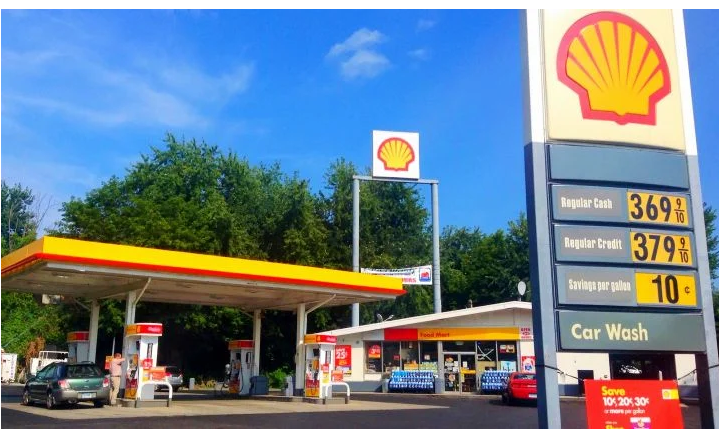

The higher the rating, the more pressure it can handle. It tells you how much pressure the gasoline can withstand before igniting or combusting. This rating specifies the performance of the gasoline. Premium gas is the highest rating, and it is usually either 91 or 93. These are the octane ratings of the fuel at that station. These are typically something like 87, 89, and 91. When you buy gas, you typically see three numbers at the pump that you can choose from. However, premium fuel refers to the octane rating of gasoline. Some people might think that premium fuel is the same as Top Tier gas. This makes a strong case for always using Top Tier gas in your vehicle. In fact, after running an engine for approximately 4,000 miles, the study found that the Top Tier gasoline produced 19 times fewer carbon deposits in the motor than regular gas. A recent study by AAA was conducted to determine whether Top Tier gas was worth a few extra cents per gallon. So, why do these extra additives matter? They help reduce harmful carbon buildup in your engine, and they can also reduce emissions and improve fuel economy. While the Environmental Protection Agency (EPA) requires some detergents to be added to all gasoline before selling, Top Tier brands go above and beyond the minimum requirements.

Bp gas and shell station near me free#
They also verify that the gasoline is free of certain organometallic additives. Top Tier gasoline retailers place special detergent additives in the gasoline before selling it. Even though most gasoline comes from the same place, some retailers put it through additional processes before delivering it to the pump. There are only a handful of refineries and gasoline providers in the United States, so all gasoline must be equal, right? Not exactly. Is premium gas worth the extra money? What Is Top Tier Gasoline?.Is the gas from a gas station better than gas from a grocery store?.


 0 kommentar(er)
0 kommentar(er)
